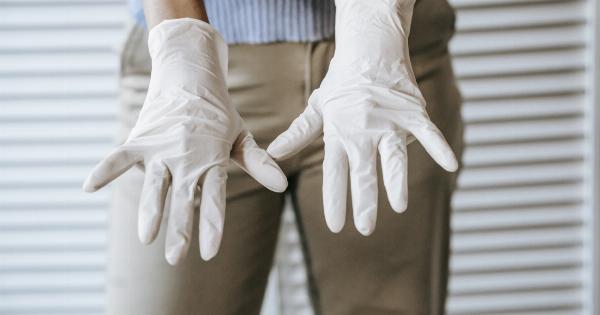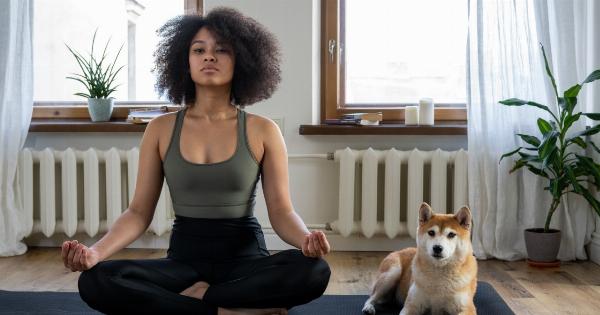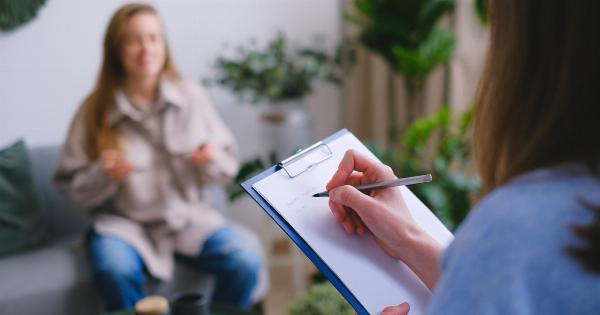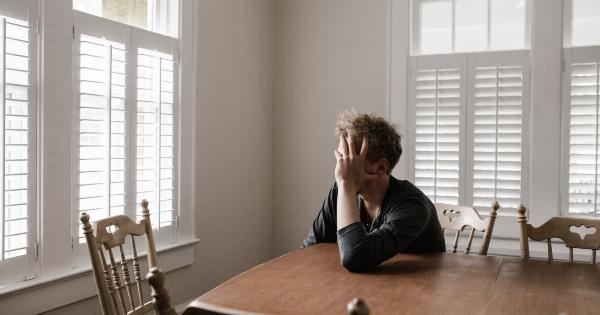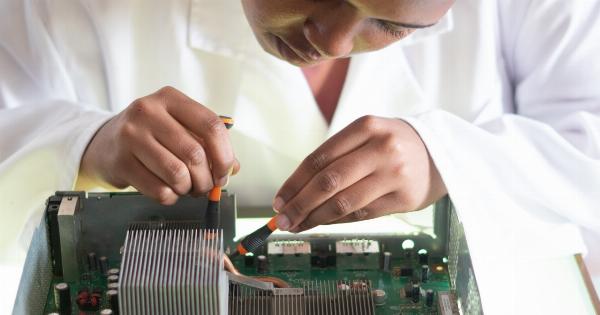Art therapy is a form of therapy that utilizes artistic expression to help individuals improve their mental, emotional, and physical well-being.
It is a powerful technique that can be used to address a variety of issues and has been proven to have numerous benefits. In this article, we will explore some of the key benefits of art therapy and how it can positively impact individuals of all ages and backgrounds.
1. Emotional Release and Self-Expression
One of the primary benefits of art therapy is its ability to provide emotional release and self-expression.
Through different artistic mediums such as painting, drawing, and sculpting, individuals can express their feelings and experiences in a tangible and visual way. This can be particularly beneficial for those who struggle with verbal communication or find it difficult to express themselves through traditional means.
2. Stress Reduction
Engaging in art-making activities has been shown to reduce stress levels and promote relaxation. The act of focusing on the creative process can help individuals detach from their everyday worries and immerse themselves in the present moment.
Whether it’s through coloring books, pottery, or collage, art therapy allows individuals to engage in a calming and meditative activity that promotes stress relief.
3. Self-Exploration and Self-Awareness
Art therapy encourages individuals to explore their inner thoughts, feelings, and experiences. By creating art, individuals can gain insight into their own emotions and gain a deeper understanding of themselves.
Art can act as a mirror, reflecting their inner world and providing a new perspective on their own experiences. This self-exploration can lead to increased self-awareness and personal growth.
4. Boosting Self-Esteem and Confidence
Creating art and receiving positive feedback can significantly boost one’s self-esteem and confidence. Art therapy provides a nurturing and non-judgmental space where individuals can freely express themselves without fear of criticism.
When individuals create something they are proud of and receive validation for their artistic achievements, it can have a profound impact on their confidence and self-worth.
5. Problem Solving and Cognitive Skills
Art therapy often involves problem-solving and critical thinking skills. When individuals engage in art-making, they are encouraged to think creatively, experiment with different techniques, and find innovative solutions to artistic challenges.
This process can transfer to other aspects of life, improving individuals’ problem-solving skills, cognitive flexibility, and ability to think outside the box.
6. Increased Mindfulness and Mind-Body Connection
Art therapy promotes mindfulness and the mind-body connection. When individuals focus on their art-making process, they become fully present in the moment, attuned to their thoughts, emotions, and physical sensations.
This increased mindfulness can help individuals develop a deeper connection between their mind and body, leading to improved overall well-being.
7. Emotional Resilience and Coping Skills
Art therapy can enhance emotional resilience and provide individuals with effective coping skills. Through art-making, individuals can process and cope with difficult emotions, trauma, or grief.
The artistic process allows for the externalization of emotions, providing a safe space to explore and manage painful experiences. This can lead to increased emotional resilience and the development of healthier coping mechanisms.
8. Improved Communication and Interpersonal Skills
Art therapy can be particularly beneficial for individuals who struggle with communication or have difficulty expressing themselves verbally.
Engaging in art-making activities can provide a means of communication that transcends language barriers and allows for non-verbal expression. Art therapy in group settings can also improve interpersonal skills, as individuals can share and discuss their artwork, fostering connection, empathy, and understanding.
9. Increased Self-Compassion and Acceptance
Art therapy promotes self-compassion and self-acceptance. By creating art that reflects their inner world, individuals can develop a deeper sense of self-compassion and acceptance.
They can learn to embrace imperfections and appreciate the unique qualities that make them who they are. This can be particularly impactful for individuals struggling with self-esteem issues or perfectionism.
10. Promoting Resilience and Personal Growth
Art therapy can be a catalyst for personal growth and resilience. Through the creative process, individuals can navigate challenges, confront fears, and explore different perspectives.
This can lead to personal transformation, increased resilience, and the ability to overcome adversity. Art therapy empowers individuals to tap into their inner strength and discover new possibilities for growth and development.
Conclusion
Art therapy offers a wide range of benefits for individuals seeking to improve their mental, emotional, and physical well-being.
From emotional release and self-expression to increased self-esteem and resilience, art therapy provides a unique and powerful avenue for personal growth and healing. Whether used as a standalone therapy or in conjunction with other therapeutic approaches, art therapy has the potential to positively impact individuals of all ages and backgrounds.









